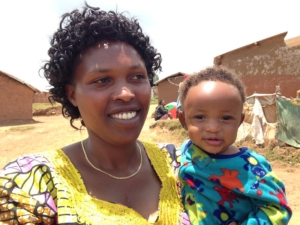 Since the 1994 genocide, Rwanda has emerged as a notable regional actor in diplomacy, peacekeeping and humanitarian policy. Despite its small size and complex history, the country has made significant contributions to refugee protection, development and regional security efforts. Rwanda’s policies on refugee rights, legal integration and service provision have earned international recognition while contributing to its broader diplomatic strategy.
Since the 1994 genocide, Rwanda has emerged as a notable regional actor in diplomacy, peacekeeping and humanitarian policy. Despite its small size and complex history, the country has made significant contributions to refugee protection, development and regional security efforts. Rwanda’s policies on refugee rights, legal integration and service provision have earned international recognition while contributing to its broader diplomatic strategy.
Refugee Support and Integration Policies
Rwanda hosts approximately 120,000 refugees, primarily from the Democratic Republic of the Congo (DRC) and Burundi. The majority live in refugee camps such as Mahama, Kigeme and Kiziba, while others reside in urban areas like Kigali. Mahama, the largest camp, is home to tens of thousands of Burundian refugees, while Congolese communities are more concentrated in Kigeme and Kiziba.
Refugees in urban settings have access to employment and local services under Rwanda’s integration policy. Through a community-based health insurance scheme, many can access national health care, despite policies promoting self-reliance, practical challenges persist, including limited job opportunities and resource constraints. Refugees also face restrictions on political participation, and reports of pressure to return to their home countries have raised concerns among human rights organizations.
Legal Framework and International Collaboration
Rwanda is a signatory to the 1951 Refugee Convention, its 1967 Protocol and the 1969 Organization of African Unity (OAU) Refugee Convention. These commitments are reflected in Rwanda’s domestic laws, including Law No. 13 ter/2014, which outlines the rights of refugees and asylum seekers. Article 18 of this law ensures that refugees enjoy liberties protected by international legal instruments.
The Ministry of Emergency Management (MINEMA) oversees refugee affairs and coordinates with organizations such as the United Nations High Commissioner for Refugees (UNHCR) to implement resettlement programs and service delivery. The country’s asylum system includes national birth registration for refugees, reducing the risk of statelessness and supporting long-term integration.
Peacekeeping and Regional Influence
Rwanda has actively participated in peacekeeping operations with the African Union (AU) and United Nations (U.N.), including contributions to missions in the Central African Republic. These efforts have strengthened Rwanda’s international standing and regional influence.
At the same time, Rwanda’s involvement in neighboring conflicts has drawn scrutiny. Accusations of supporting rebel groups in the eastern DRC have sparked regional and international debate. While the Rwandan government maintains that its actions aim to protect national and regional security, organizations such as Human Rights Watch and AP News have reported ongoing tensions and concerns about the country’s role in exacerbating conflict dynamics.
Challenges to Refugee Protection
While Rwanda has been widely praised for its refugee policy framework, gaps remain. Some refugees have reported limited avenues for political expression, restricted civil liberties or difficulties accessing sustainable employment. Humanitarian organizations have raised concerns about forced or pressured returns, which would violate international protection standards. Despite these concerns, Rwanda’s refugee services continue to receive support from UNHCR and various nongovernmental organizations (NGOs), particularly in camp settings where food, shelter and basic services are more reliably delivered.
Future of Humanitarian Leadership in Rwanda
Rwanda’s approach to refugee protection combines legal commitment with regional engagement. The country has made important strides in integrating refugees into its public systems, while also contributing to peacekeeping and humanitarian diplomacy in Africa. Continued international collaboration, policy refinement and monitoring could address existing gaps and uphold refugee rights. By maintaining its focus on integration, service access and legal protections, Rwanda has the potential to build on its progress and serve as a regional model for humanitarian leadership in displacement contexts.
– Olivia Fanders
Olivia is based in Weehawken, NJ, USA and focuses on Politics for The Borgen Project.
Photo: Flickr
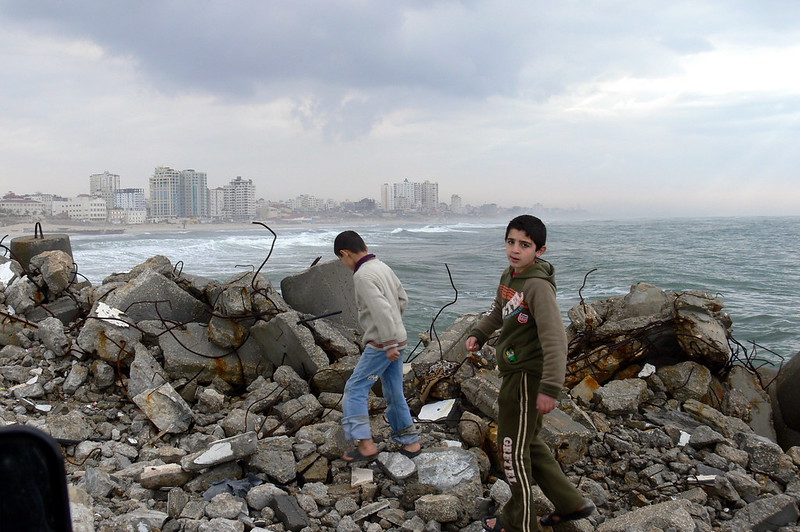 Established in 2002, IF Charity has spent more than two decades providing aid in Gaza. In an interview conducted by The Borgen Project, longtime volunteer Souad Mh discussed the organization’s key programs, challenges and ongoing efforts to deliver support in a conflict-affected region.
Established in 2002, IF Charity has spent more than two decades providing aid in Gaza. In an interview conducted by The Borgen Project, longtime volunteer Souad Mh discussed the organization’s key programs, challenges and ongoing efforts to deliver support in a conflict-affected region.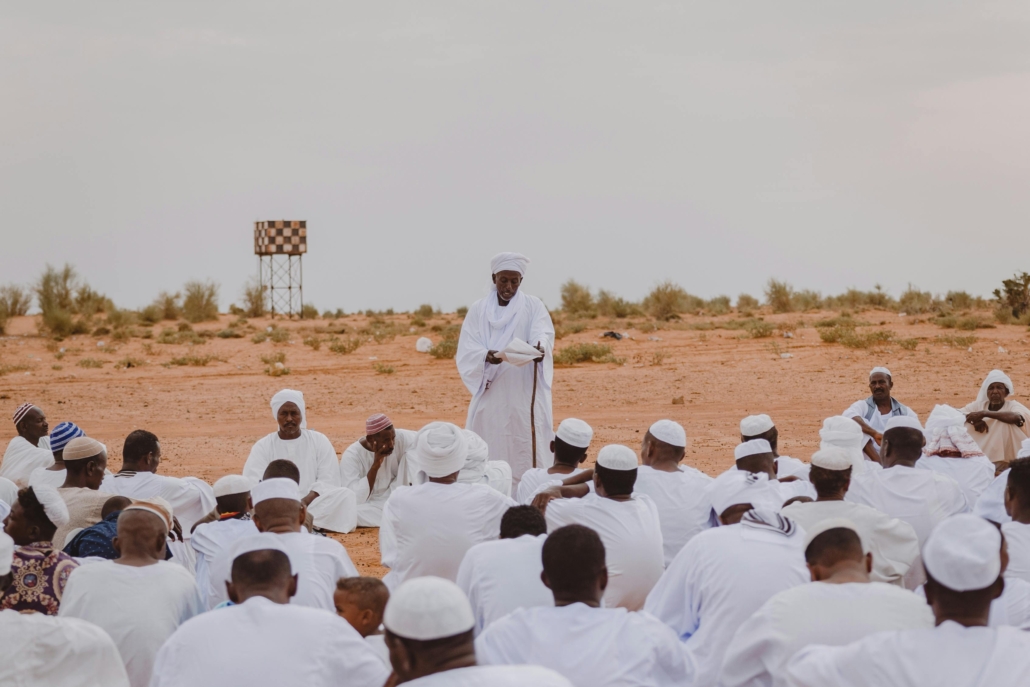
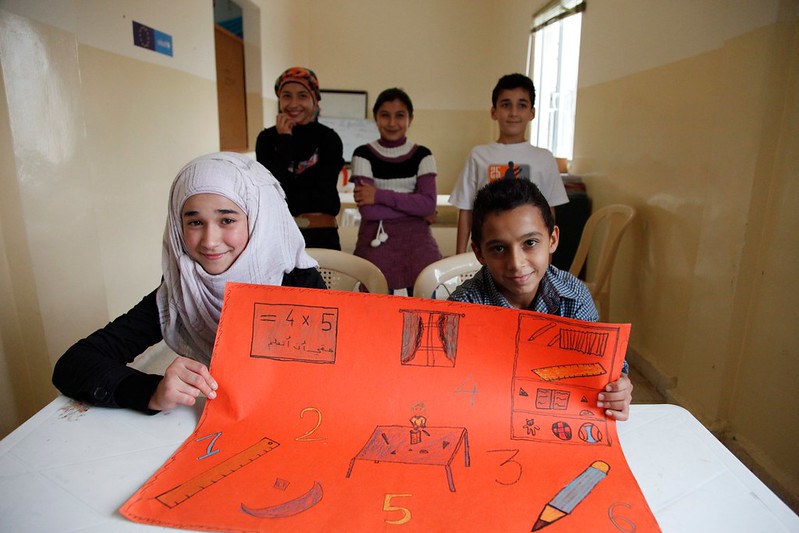 Since 2011, the Syrian Civil War has been one of the worst humanitarian crises in the world,
Since 2011, the Syrian Civil War has been one of the worst humanitarian crises in the world, 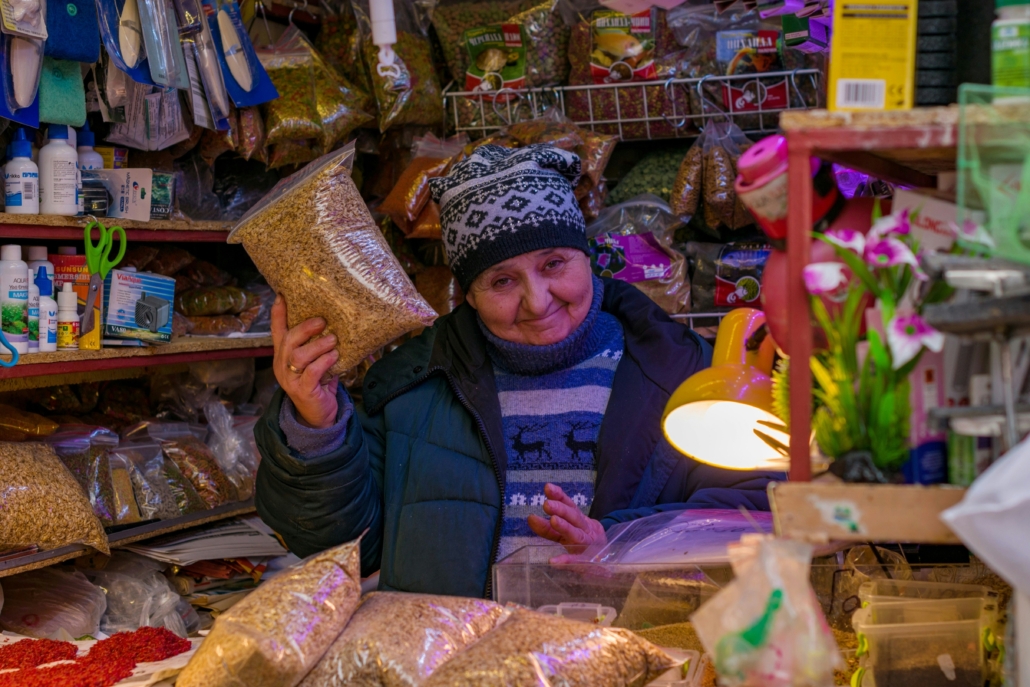
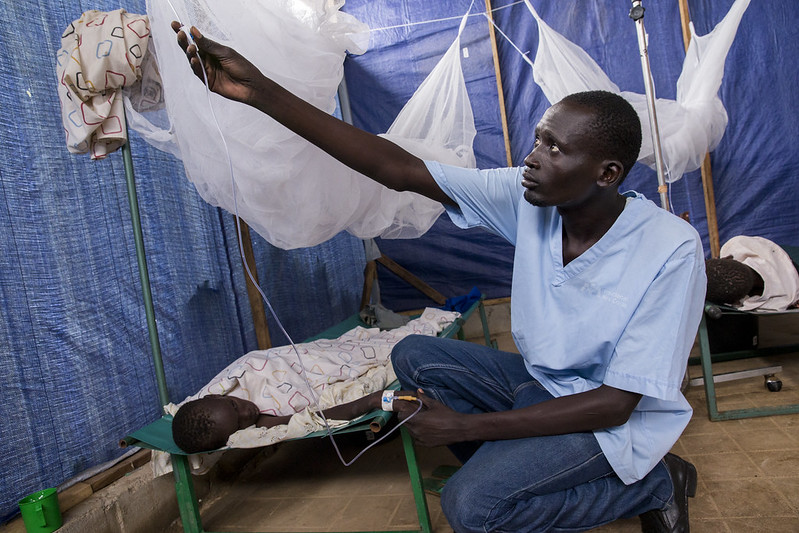 Khartoum, the capital of Sudan, was once engulfed in civil war. After a hard-fought battle, the Sudanese Armed Forces reclaimed the city from the Rapid Support Forces on March 26. With the conflict subsiding, efforts are now turning toward rebuilding Khartoum and restoring hope for its future.
Khartoum, the capital of Sudan, was once engulfed in civil war. After a hard-fought battle, the Sudanese Armed Forces reclaimed the city from the Rapid Support Forces on March 26. With the conflict subsiding, efforts are now turning toward rebuilding Khartoum and restoring hope for its future. As the war in Gaza continues, about
As the war in Gaza continues, about 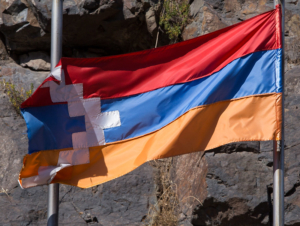 Nagorno-Karabakh
Nagorno-Karabakh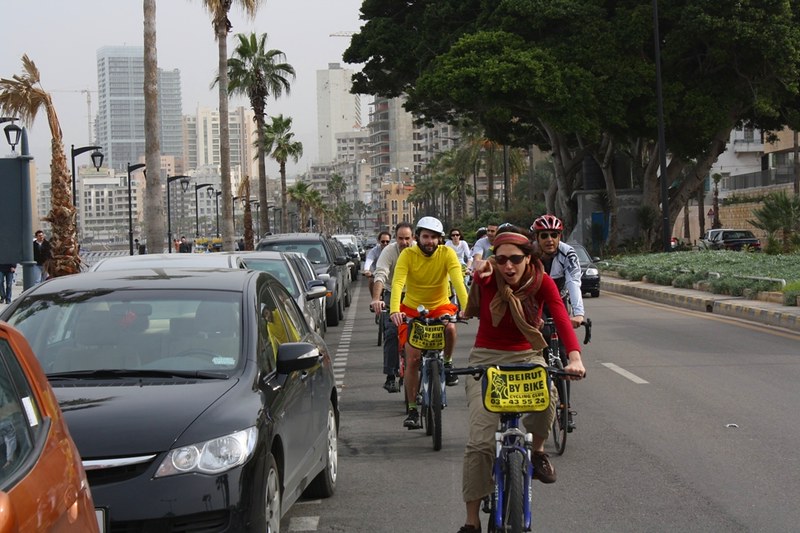 Levant startups are reimagining how innovation can emerge in crisis-prone economies. Despite widespread poverty and instability, entrepreneurs in Jordan, Lebanon, Syria, and Palestine are launching ventures that tackle problems in education, finance and basic services. These efforts are fostering grassroots economic resilience and drawing attention to a region long underestimated by global observers.
Levant startups are reimagining how innovation can emerge in crisis-prone economies. Despite widespread poverty and instability, entrepreneurs in Jordan, Lebanon, Syria, and Palestine are launching ventures that tackle problems in education, finance and basic services. These efforts are fostering grassroots economic resilience and drawing attention to a region long underestimated by global observers. For the millions displaced by war, persecution, or natural disasters, rebuilding their lives is an overwhelming challenge. Yet amid the uncertainty of displacement,
For the millions displaced by war, persecution, or natural disasters, rebuilding their lives is an overwhelming challenge. Yet amid the uncertainty of displacement,